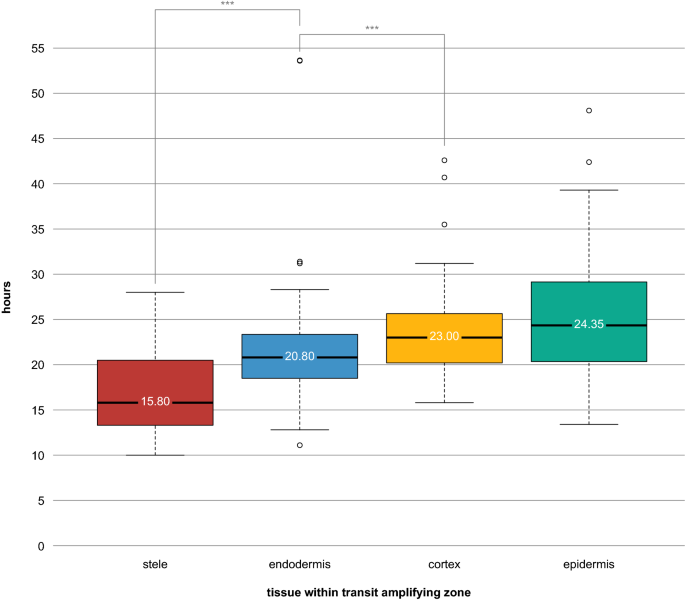3 Results Of Cell Division
The results of cell division are reproduction, growth, replacement, and repair. PTS: 1 DIF: Bloom's Level 1 DOK 1-LOW REF: To review this topic refer to From a Cell to an Organism: Lesson 1. OBJ: 3-2 STA: 5.3.8.B.1. Different types of cells require different amounts of time to complete a cell cycle. This type of cell division results in cells that have half the number of chromosomes as the parent cell. One Diploid (2N) cell - Four Haploid (1N) cells. This type of cell division occurs in all body cells except for in the formation of sex cells. Cell - Cell - Cell division and growth: In unicellular organisms, cell division is the means of reproduction; in multicellular organisms, it is the means of tissue growth and maintenance. Survival of the eukaryotes depends upon interactions between many cell types, and it is essential that a balanced distribution of types be maintained. This is achieved by the highly regulated process of cell.
/cdn.vox-cdn.com/uploads/chorus_image/image/59678251/splinter_cell.0.png)


One cell division results in 2 new cells. Each of the 2 new cells receives one complete set of each original pair of chromosomes in the dividing cell. Each of the 2 new cells contains a diploid number (2c) of chromosomes and diploid (2n) genetic content. Occurs only in gametocyte stages of the germ cells. Amitosis (= Direct Nuclear Division): It is the most uncommon, primitive and simplest type of cell.
There are two types of cell division: mitosis and meiosis. Most of the time when people refer to “cell division,” they mean mitosis, the process of making new body cells. Meiosis is the type of cell division that creates egg and sperm cells.
Mitosis is a fundamental process for life. During mitosis, a cell duplicates all of its contents, including its chromosomes, and splits to form two identical daughter cells. Because this process is so critical, the steps of mitosis are carefully controlled by a number of genes. When mitosis is not regulated correctly, health problems such as cancer can result.
4 Results Of Cell Division
The other type of cell division, meiosis, ensures that humans have the same number of chromosomes in each generation. It is a two-step process that reduces the chromosome number by half—from 46 to 23—to form sperm and egg cells. When the sperm and egg cells unite at conception, each contributes 23 chromosomes so the resulting embryo will have the usual 46. Meiosis also allows genetic variation through a process of DNA shuffling while the cells are dividing.
Mitosis and meiosis, the two types of cell division.
